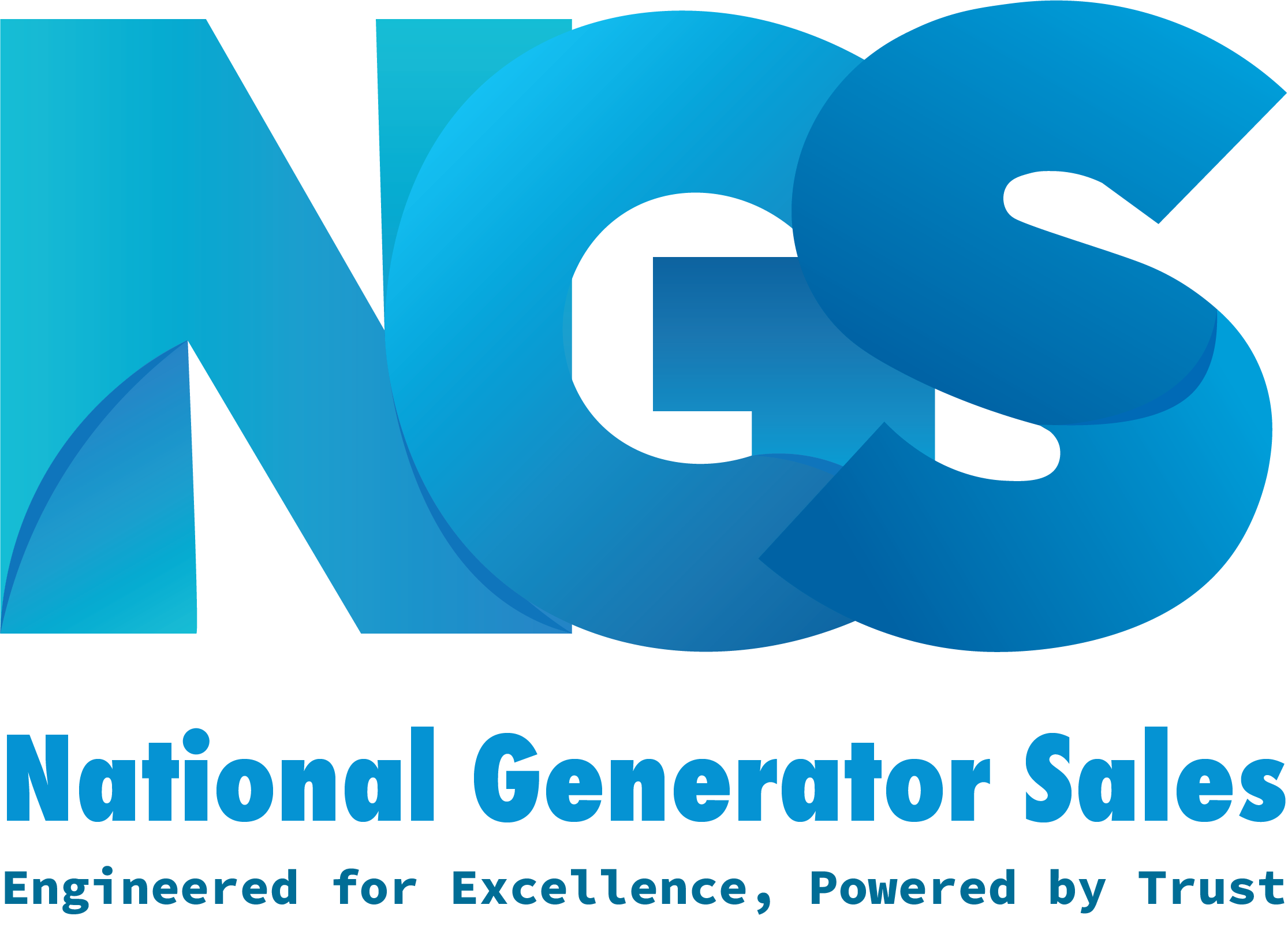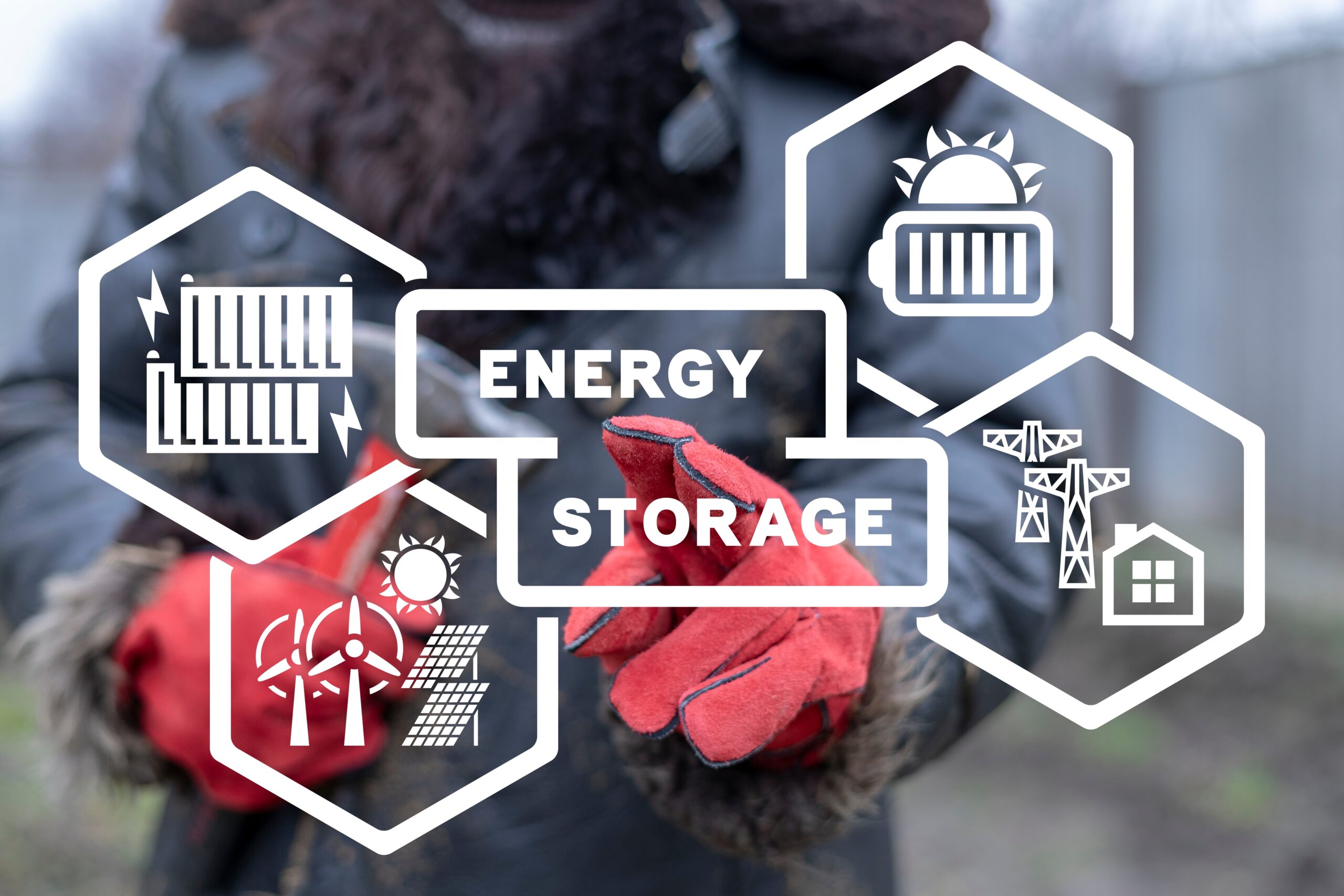When it comes to reliable power generation, one of the most critical factors to consider is generator load capacity. Whether for a residential backup system, a commercial facility, or an industrial site, ensuring that your generator can handle the required load is essential for efficiency, safety, and long-term cost-effectiveness.
At National Generator Sales, we specialise in providing high-quality generators tailored to a wide range of applications. With years of experience in the power generation industry, our expertise ensures that you receive the right generator for your needs, one that delivers reliable, uninterrupted power. In this blog post, we will break down generator load capacity, explaining what it is and how it works. We’ll discuss why generator load capacity is vital, exploring its impact on efficiency, longevity, and safety. We’ll guide you through key considerations to keep in mind when selecting the right generator for your needs. Finally, we’ll answer the most frequently asked questions about generator load capacity, helping you make an informed decision. Contact us today for more information!
Understanding Generator Load Capacity
What is Generator Load Capacity?
Generator load capacity refers to the maximum amount of electrical power a generator can provide at a given time. It is typically measured in kilowatts (kW) or kilovolt-amperes (kVA), which define how much energy the generator can supply to connected devices. Choosing the right generator load capacity ensures that all essential appliances, machinery, or systems can function without interruption. If a generator is undersized, it may struggle to provide enough power, leading to failures or unsafe conditions. Conversely, an oversized generator can be costly, inefficient, and waste fuel.
Every electrical device or system requires a certain amount of power to operate efficiently. A generator’s load capacity determines the total number of appliances, machines, or electrical systems it can support simultaneously. Whether for residential, commercial, or industrial use, selecting a generator with the appropriate load capacity is critical for avoiding overloads, protecting equipment, and ensuring efficient fuel consumption.
Key Components of Load Capacity
To understand generator load capacity fully, it’s essential to break it down into two main components: Running (Continuous) Watts and Starting (Surge) Watts.
1. Running (Continuous) Watts
This is the steady power required to keep appliances, machinery, or electrical systems running under normal operating conditions. Running watts are the baseline energy consumption needed to maintain a device’s operation.
For example, a refrigerator may need 800 watts to operate continuously. However, this doesn’t include any extra power that may be required when the compressor starts or cycles on and off. Similarly, a heater with a power rating of 1,500 watts will continuously require that amount of power as long as it remains switched on.
If a generator is only capable of supplying power at or near its maximum running wattage, it may not be able to handle additional appliances or fluctuations in power demand. Therefore, it is advisable to select a generator with extra capacity to accommodate unexpected spikes in power consumption. Additionally, ensuring that the generator consistently operates within its designed running wattage extends its lifespan and reduces wear on critical components.
2. Starting (Surge) Watts
Many devices, especially those with electric motors, compressors, or heating elements, require additional power to start up. This temporary increase in power demand is known as starting watts or surge power.
For example, a refrigerator that runs at 800 watts may require 1,600 watts to start its compressor before settling back to its regular running wattage. Similarly, an air conditioner that typically runs at 2,000 watts might need up to 3,500 watts upon startup.
Failing to account for these temporary power surges when choosing a generator can result in:
- Overloading the generator, causing it to shut down unexpectedly.
- Voltage drops, which can damage sensitive electrical components.
- Unstable performance, leading to flickering lights or inconsistent power delivery.
A well-sized generator should have enough capacity to handle both continuous and peak power demands. This ensures that even power-hungry appliances can start without exceeding the generator’s limits.
Why These Two Power Requirements Matter
Understanding both running and starting watts is crucial when selecting a generator. If you only calculate based on running watts and ignore surge power, your generator may fail to support high-demand appliances when they start.
To ensure proper generator selection:
- List all appliances and equipment you need to power.
- Identify both their running and starting wattage requirements.
- Choose a generator that comfortably exceeds the highest surge power requirement.
By considering both power demands, you’ll avoid common pitfalls like generator overload, inefficiency, and increased maintenance costs. Selecting the right capacity ensures that your generator runs efficiently, protects your equipment, and provides reliable power whenever you need it.
Different Types of Load Capacity
Generators are designed for different levels of power output, depending on their intended use:
- Standby Load Capacity – The power a generator provides during an outage. It is typically used for backup power and may not be suitable for continuous operation.
- Prime Load Capacity – The maximum load a generator can support continuously under normal conditions. It is designed for long-term use.
- Continuous Load Capacity – Used for industrial and remote applications where a generator must run non-stop without fluctuations in power demand.
Choosing the right type of load capacity ensures that your generator operates efficiently while meeting your power needs. If you’re unsure which load capacity you need, contact us today!
Why does generator load capacity matter?
Selecting the correct generator load capacity is essential for reliable, safe, and cost-effective power generation. A generator that is too small may not meet your power needs, while an oversized generator may lead to wasted fuel and unnecessary costs. Understanding why generator load capacity is important helps ensure that your generator operates efficiently and provides uninterrupted power when needed. Here’s why it matters:
Prevents Overloading & Power Failures
An undersized generator struggles to meet power demands, leading to overloading, which can cause sudden power loss. This is especially problematic in environments where a stable power supply is critical, such as hospitals, data centres, and manufacturing facilities. If a generator cannot handle the required electrical load, it may shut down unexpectedly, disrupting essential operations. Additionally, overloading can lead to voltage fluctuations, which pose a risk to sensitive electronics, including computers, medical devices, and control systems. Many modern generators have built-in safety mechanisms that automatically shut them down when overloaded, but frequent shutdowns can damage the generator and require costly repairs.
Protects Appliances & Equipment
Using a generator beyond its intended load capacity results in unstable voltage output, which can cause electrical surges. These surges can burn out motors in fridges, air conditioners, and industrial machinery, leading to expensive repairs or replacements. Delicate electronics, such as laptops, televisions, and laboratory equipment, are particularly vulnerable to power fluctuations. Even small deviations in voltage can cause short circuits or permanently damage internal components. Furthermore, an inconsistent power supply can shorten the lifespan of electrical appliances, leading to more frequent replacements and higher long-term costs.
Ensures Fuel Efficiency
A properly sized generator runs at its optimal efficiency level, using the right amount of fuel to generate power. An overloaded generator works harder to meet demand, consuming more fuel than necessary, which significantly increases operational costs. On the other hand, an underloaded generator operates inefficiently, leading to fuel wastage. Running a generator at very low loads can cause “wet stacking”, a condition where unburnt fuel accumulates in the exhaust system, reducing performance and increasing maintenance needs. By choosing the correct generator capacity, you can maximise fuel efficiency, reduce waste, and lower overall running costs.
Extends Generator Lifespan
Generators are designed to run within a specific load range, and exceeding this range leads to excessive wear and tear. Over time, running a generator at or beyond its maximum capacity can cause engine overheating, component fatigue, and increased maintenance requirements. This results in higher repair costs and a shorter generator lifespan. Conversely, an oversized generator running at very low loads can develop carbon buildup, which affects engine performance. By ensuring your generator operates within its optimal load range, you can extend its lifespan, reduce breakdowns, and achieve a better return on investment.
Improves Safety
Generators that are consistently overloaded pose serious safety risks. Overheating can increase the risk of fire, especially in enclosed spaces where ventilation is limited. Faulty wiring or excessive power draw can lead to electrical hazards, including short circuits and potential electrocution. Additionally, fuel-powered generators that run inefficiently due to incorrect load sizing can produce higher levels of carbon monoxide emissions, a dangerous and potentially fatal gas. Ensuring that your generator is correctly sized reduces fire hazards, prevents electrical accidents, and ensures safer operation.
Accommodates Future Expansion
If you anticipate adding more appliances, machinery, or electrical systems in the future, it’s essential to consider future power needs when choosing a generator. Opting for a generator with a slightly higher capacity allows for scalability, meaning you can integrate new equipment without having to replace your generator. This is particularly important for growing businesses, expanding industrial operations, or residential properties that may require additional power as energy demands increase. By selecting a generator that accounts for future growth, you avoid costly upgrades and ensure continued reliable performance.
Avoids Unnecessary Costs
Choosing the wrong generator size can lead to significant financial losses over time. An undersized generator may require frequent repairs, component replacements, or even a complete system upgrade to meet power demands. In contrast, an oversized generator is more expensive to purchase and operate, consuming more fuel than necessary and running inefficiently at low loads. By investing in the right-sized generator from the start, you reduce long-term maintenance costs, improve energy efficiency, and ensure you get the best value for your money.
Selecting the correct generator load capacity ensures reliable power delivery, improved efficiency, and long-term cost savings. By investing in the right generator capacity, you ensure continuous, uninterrupted power whenever you need it most, giving you peace of mind and the confidence that your power supply will remain stable in any situation.
Things To Consider When Choosing Generator Load Capacity
1. Identify Your Power Requirements
- Make a list of essential appliances and equipment you need to power.
- Consider both running and starting watts for each item.
2. Calculate Total Load Capacity
- Sum up the running watts of all appliances.
- Identify the highest surge wattage needed.
- Choose a generator that exceeds the highest surge demand for safety.
3. Consider Future Power Needs
- If you plan to add more appliances or equipment, factor in future expansion when choosing a generator.
- A 20-30% buffer is recommended for growth.
4. Assess Load Type
- Resistive loads (e.g., heaters, lights) require constant power.
- Inductive loads (e.g., refrigerators, motors) require extra power at startup.
5. Evaluate the Duty Cycle
- Will the generator run continuously or just for occasional backup?
- Continuous use requires a generator with higher durability and fuel efficiency.
6. Take Environmental Conditions Into Account
- High altitudes and hot temperatures can reduce generator efficiency.
- Some generators require derating (adjusted power output) in extreme conditions.
7. Seek Professional Guidance
Choosing the right generator load capacity is complex. At National Generator Sales, our experts can help you:
- Assess your power needs.
- Choose the best generator for your home, business, or industrial application.
- Ensure installation and maintenance for long-term performance.
FAQs
How do I calculate my generator’s required load capacity?
Add up the running watts of all appliances and include the highest starting wattage.
What happens if I overload my generator?
The generator may shut down, overheat, or cause electrical damage.
Can I use a generator that’s bigger than my needs?
Yes, but it may waste fuel and operate inefficiently at low loads.
What is the difference between kW and kVA?
kW measures real power, while kVA includes reactive power (for motors and inductive loads).
How long can a generator run at full load?
It depends on the generator’s fuel capacity and duty cycle.
Should I factor in future expansion when choosing a generator?
Yes, it’s best to have extra capacity for future power needs.
Why do some appliances require extra power to start?
Motors and compressors need a power surge for startup.
Can I run multiple appliances on a small generator?
Only if the total wattage is within the generator’s capacity.
What is a load bank test?
It measures a generator’s performance under different loads.
How often should I service my generator?
Regular maintenance is essential to ensure optimal performance.
At National Generator Sales, we provide expert guidance to help you select the perfect generator for your needs. Get in touch today for professional advice and top-quality generators tailored to your requirements.




